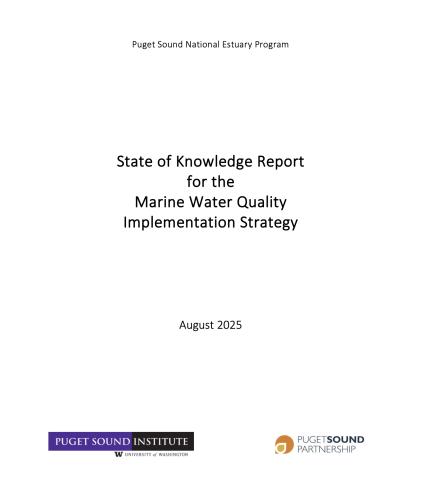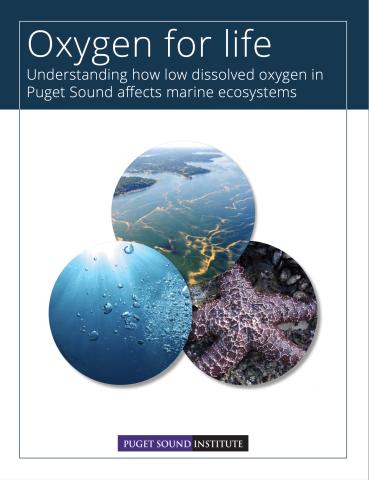In some cases, vast stretches of open water become hypoxic, or low in oxygen. Unable to sustain life, these areas, called dead zones, may cause die-offs of fish, shellfish, corals, and aquatic plants.
Sources:
Additional resources:
Hood Canal Dissolved Oxygen Program
Independent review of human impacts on dissolved oxygen in Hood Canal
Overview
The search goes on for a set of definitions and thresholds to represent low-oxygen concentrations that threaten various aquatic creatures. Over the years, ecologists have relocated, reshaped and revised the word “hypoxia” to describe these conditions. In part four of our series "Oxygen for life" we look at how scientists determine whether oxygen levels are low enough to be considered harmful to sea life.








